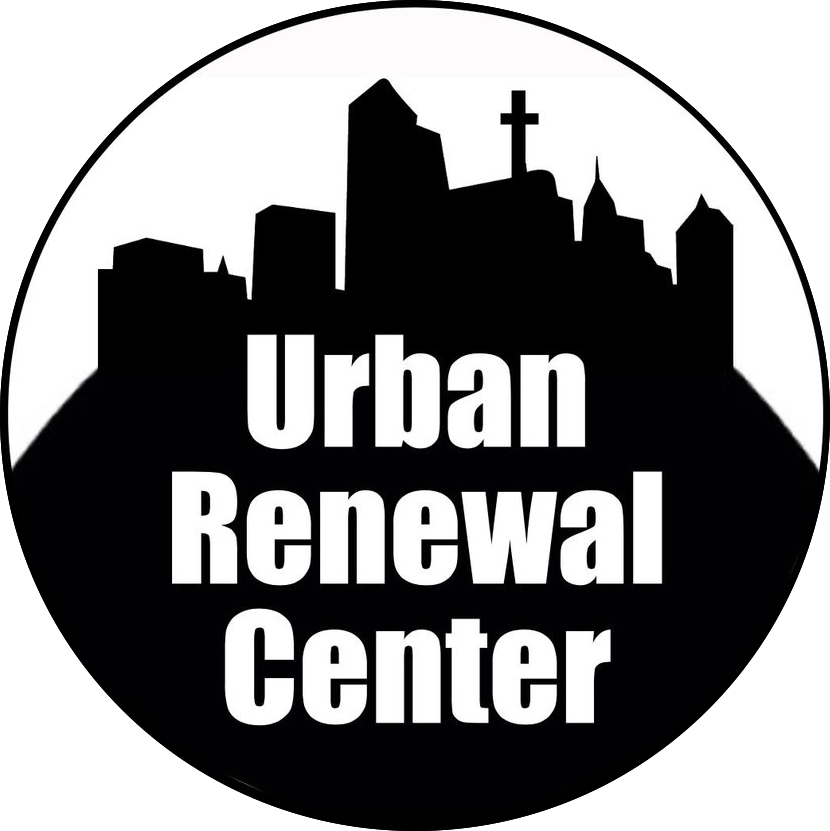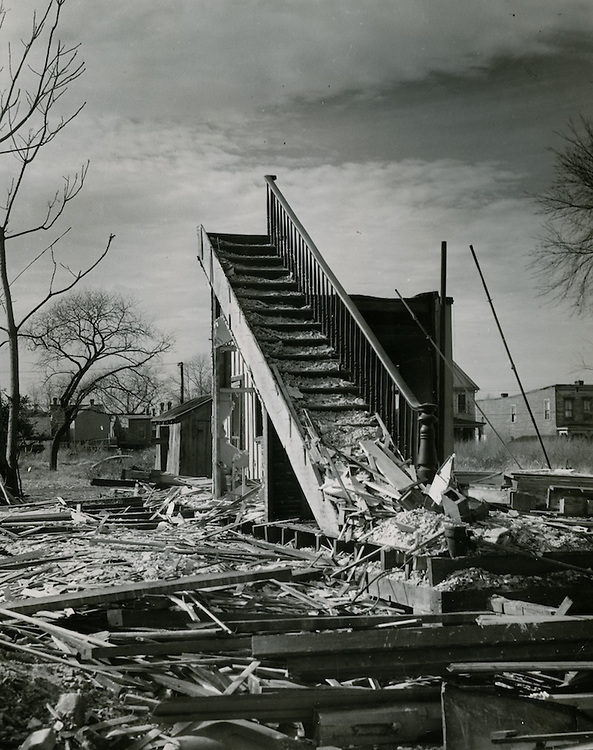Adaptation
noun | ad·ap·ta·tion | \ a-dap-ˈtā-shən
Areas within Norfolk identified as being too vulnerable to sea level rise to warrant infrastructure investment. Norfolk faces some of the highest rates of sea level rise in the world. In Vision 2100, Norfolk’s comprehensive defense plan against rising sea levels...
Beautification
verb | beau·ti·fi·ca·tion | \ byü-tə-fə-ˈkā-shən
The process of beautifying a neighborhood with particular concern towards aesthetic and historical preservation. In Ghent, in the early 1960’s, neighborhood leagues took it upon themselves to enforce strict beautification standards...
Blockbusting
noun | block·bust·ing | \ bl/ˈbläkˌbəstiNG
Convincing property owners to sell their property quickly and at low prices by appealing to fears of minority residents moving into the neighborhood. Real estate agents often...
Part of the URC Forum on Gentrification















